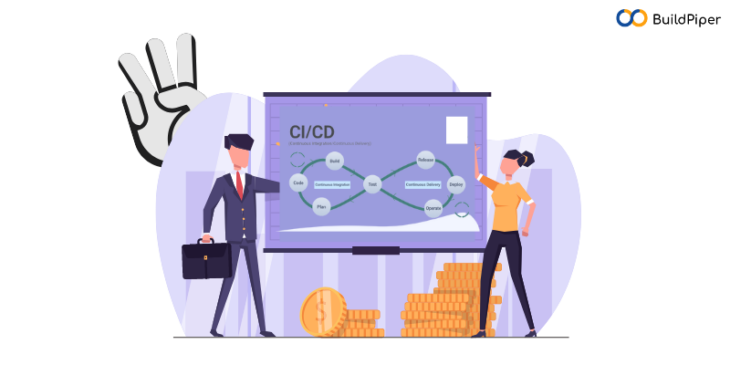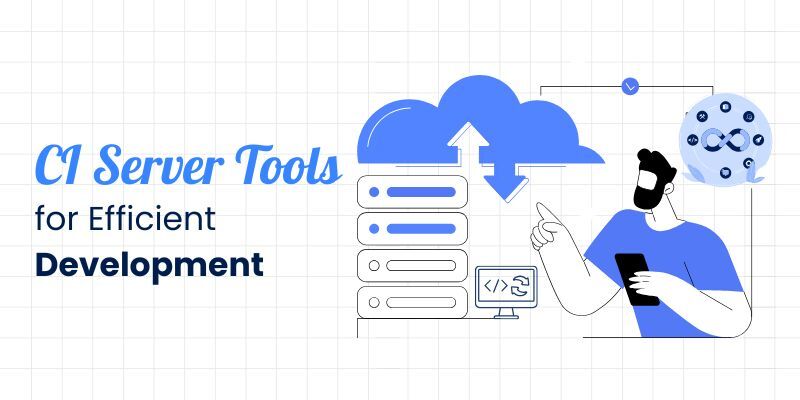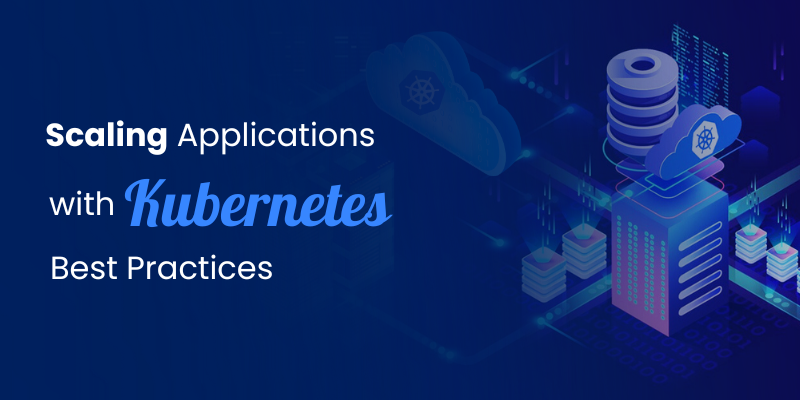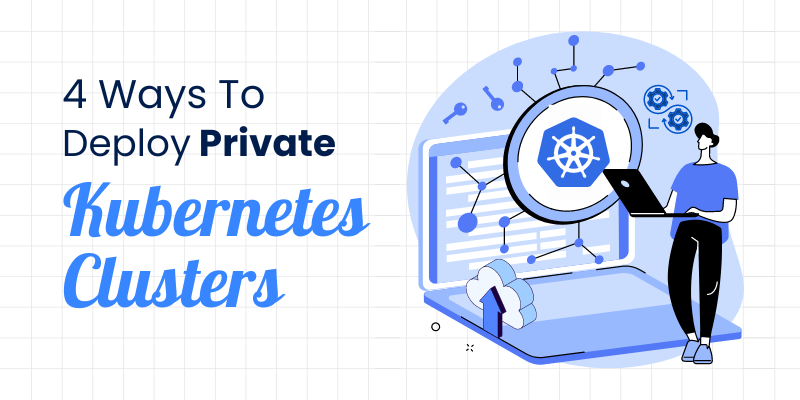
Why Continuous Delivery?
From the start of every project, and throughout, every developer looks forward to the day, when the software or the related update will be finally released.
The wait is even more fruitful if the released code is devoid of any errors. That means making the code pass through a ceremonial load of tests, ensuring the code is free of bugs.
This has led to an evolution in the software development mechanism from the Waterfall Model toward continuity, through the methodologies like Agile and DevOps. Today we see a black and white difference (if the above models are compared), the Waterfall Model had non-overlapping steps, to now Agile and DevOps model is defined as the overlapping iterative process of SDLC.
The continuous model implies the frequent and predictable release of quality products. If relied upon a pipeline on daily basis, for the entire development cycle, the risks surrounding the release of applications or their scheduled updates are drastically reduced; as it is easier to notice errors and resolve them quickly. Thereby, making the pipeline robust and product releases smoother.
Continuous delivery encapsulates continuous integration, continuous testing, constant monitoring, and pipeline analytics; while emphasizing continuous delivery, we are aiming at making our tech teams responsive to changing market trends. It’s not just an exclusive practice seen or performed in “Unicorn” companies, tech companies, or large enterprises; this can also and should be performed or adopted by small-scale startups too.
To support the above statement, we will be looking at some business cases and discussing the benefits and the ways Continuous Delivery can be implemented.
Top Business Benefits of Continuous Delivery
Improves Deliverability Speed
When it comes to outplaying your competitors in the market, the best way is to increase your responsiveness toward market trends. For that, the supposed application updates should be scheduled at proper intervals, or maybe new software should be released faster, and these can be easily facilitated with automated software delivery pipelines. With a faster time-to-market, businesses can claim a position in this very competitive Tech space.
Quality has always been the defining factor for any organization to truly win. When we say “speed,” we mean faster delivery of the highest quality.
Faster rollouts of erroneous code would be like targeting a suicidal speed, drowning all the efforts by the negative reviews from customers.
Enhanced Productivity
Better productivity is a sign of growth and is a byproduct of happy teams. Happier teams mean more engagement, which creates space for innovation. The happiness index can be made high if the amount of tedious tasks is reduced.
The tedious tasks can be like filling bug reports or conducting tests and repeating the entire process of development, etc. When tasks like these are automated, and all the errors found, get documented in an appropriate format, helping the dev team in recognition and subsequently, code is renewed, the entire process of unit testing, code review, and integration testing happens in an automated pipeline – the problem is just solved with least possible time invested.
Supports Sustainability
Businesses are in for long marathons. Staying ahead is very tiring. To stay ahead, we need ample differentiation in our products that makes them stand out better. In addition to that, we need to ensure that every release is devoid of any possible errors.
Easier said than done!
What requires to make the above-mentioned points a reality, requires people to work 24/7. But if automation is implemented in repetitive tasks, the workload gets substantially reduced. Moreover, financially speaking, it always costs less, if something is done through machines rather than personnel.
Furthermore, with all that said and done, continuous delivery empowers businesses with flexibility and makes it easier to focus on the core objectives of the business.
Challenges while shifting to Continuous Delivery
Although continuous delivery is the right thing to do, designing resilient continuous delivery pipelines is no piece of cake!
Constructing these pipelines involves a huge deal of technical processes, operational culture, and organizational thinking, which can look daunting in the initial stages.
Low Budget
Creating continuous delivery pipelines requires the best players of the dev team. Companies, especially startups, find it difficult to allocate senior engineers to the development of these pipelines, in order to keep their other priorities running.
Treating it as a side project, and involving the junior team won’t be of much help, where anyway it would again require the attention of senior engineers.
Not much surprise, though for better long-term results/growth, we need to start focussing on the building blocks, or the vital requirements that can help in this.
The only solution can be is to develop a plan and allocate funds appropriately, wherein the team can produce a continuous delivery pipeline MVP (minimum viable product) that can be scaled throughout your organization.
Forward Thinkers
Suppose the CD pipelines are in action, automation is in place, yet we do often see the apprehensive team players, and their need to conduct manual checks after all the steps are performed. This obviously seems like we have housed the wrong people, the teams should fearlessly and confidently change gears with the changing times.
In situations like these, it throws light on the fact of lack of training. The training should be such as to instill the fact that it’s easier to do the right thing, and hard to do the wrong things.
Lack of Priority
The near-sighted businesses classify designing these pipelines as an expense. From conceptualization to action, these pipelines are not an easy feat, they require a considerable amount of time, and also manpower.
No product owner would ever say, to stop the line of work and start working on pipelines, it may sound appropriate in the present times, but pushing it to the backlog would significantly reduce the chances of survival of business in the long term.
Conclusion
All these above challenges are not really a big hurdle. The market seems to have multiple options. We have Managed Microservice and Managed Kubernetes service providers, handling the end-to-end installation of customized CI/CD pipelines, offering support to various source code languages, having an interactive UI interface, and offering comprehensive visibility of all the steps running in pipelines – makes it easier to adopt them. Also, some solid security checks like – automated CI checks at every step, and an option to override the CI checks and allow effective troubleshooting.
Enterprises today, need to step up their game and shouldn’t have apprehensions about embracing progressive software development models. It’s not about where the business is today but where it’s planning to reach tomorrow. To move forward, it’s really important to adopt the current changes and react better and faster to the change.
Consult our tech experts who have helped some of the largest companies with their container adoption strategies and services to bridge skills gaps and expertise. If you have any queries related to Kubernetes or Microservices, feel free to contact us!



